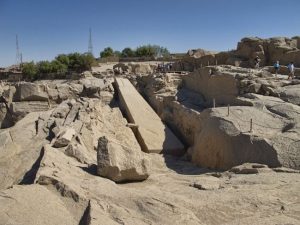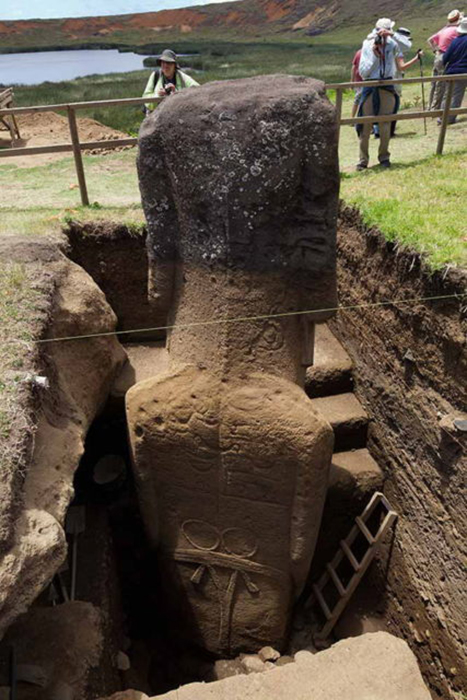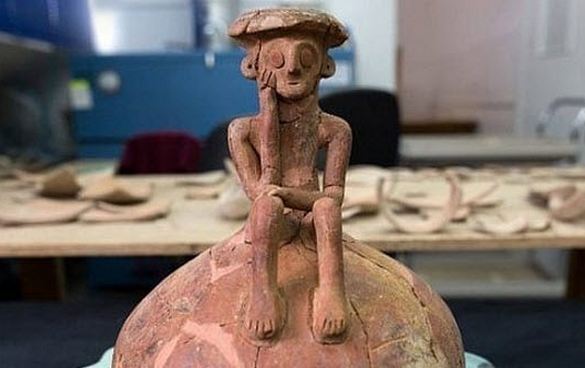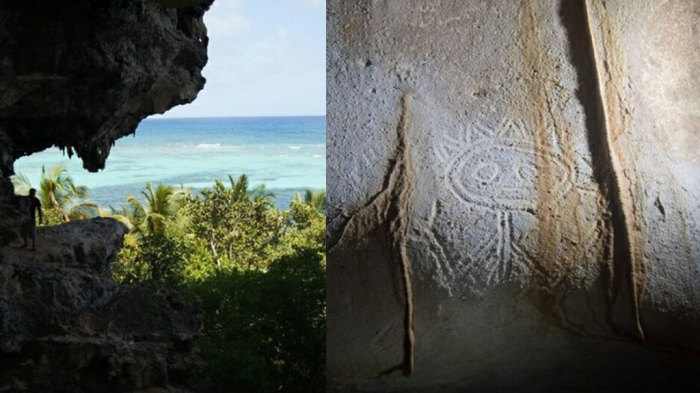Obelisk of the city of Aswan
 Granite quarries, located along the banks of the Nile in the city of Aswan (Aswan), supplied some of the highest quality stones for the construction of temples, sculptures and monuments in ancient Egypt. The famous Cleopatra’s Needle monument, now in London, and several objects in the pyramids of Khufu, Khafre and Giza were built from stones mined in Aswan.
Granite quarries, located along the banks of the Nile in the city of Aswan (Aswan), supplied some of the highest quality stones for the construction of temples, sculptures and monuments in ancient Egypt. The famous Cleopatra’s Needle monument, now in London, and several objects in the pyramids of Khufu, Khafre and Giza were built from stones mined in Aswan.
In the northern region of the Aswan stone quarries lies on the side of the unfinished obelisk. It was believed that this is the highest and largest obelisk ever created in ancient Egypt. Unfortunately, the obelisk was never completed. During the carving in the granite cracks began to appear, which forced to abandon the project. Since the cutters carved it straight from the rock, you can find a place where exactly this happened 3,500 years ago – its underside is still connected to the rock.
It is believed that the obelisk began to cut, and then thrown during the reign of Queen Hatshepsut in the 15th century BC. Perhaps the obelisk was ordered as a supplement to the Lateran Obelisk (Lateran Obelisk), which first stood in the Karnak Temple (Karnak Temple) in Egypt, but later the Romans sent it to Rome. If this obelisk were completed, it would reach about 42 m in height and would be the heaviest obelisk ever created in ancient Egypt.
The unfinished obelisk reveals unusual information about the ancient Egyptian methods of working with stone, since the scratches left by working tools can still be seen on its surface. Ocher-drawn lines were also found on the surface, probably to indicate the places where workers were supposed to cut granite.
Archaeologists believe that the ancient Egyptians used small balls from Dolerite, which is a kind of rock that is harder than granite, to cut stone. As soon as the sides of the obelisk were cut down in the rock, it should be separated from the rock. For this, small cavities were cut out in the rock mass along the line of the desired separation, and wooden wedges were inserted into these cavities. Then the wood was heavily moistened with water until it expanded, as a result of which the rock cracked along pre-cut lines and, finally, separated from the base.
The whole quarry now serves as an open-air museum and is organized in order to preserve these objects as the archaeological treasures of the country.



